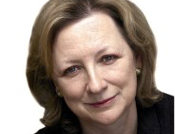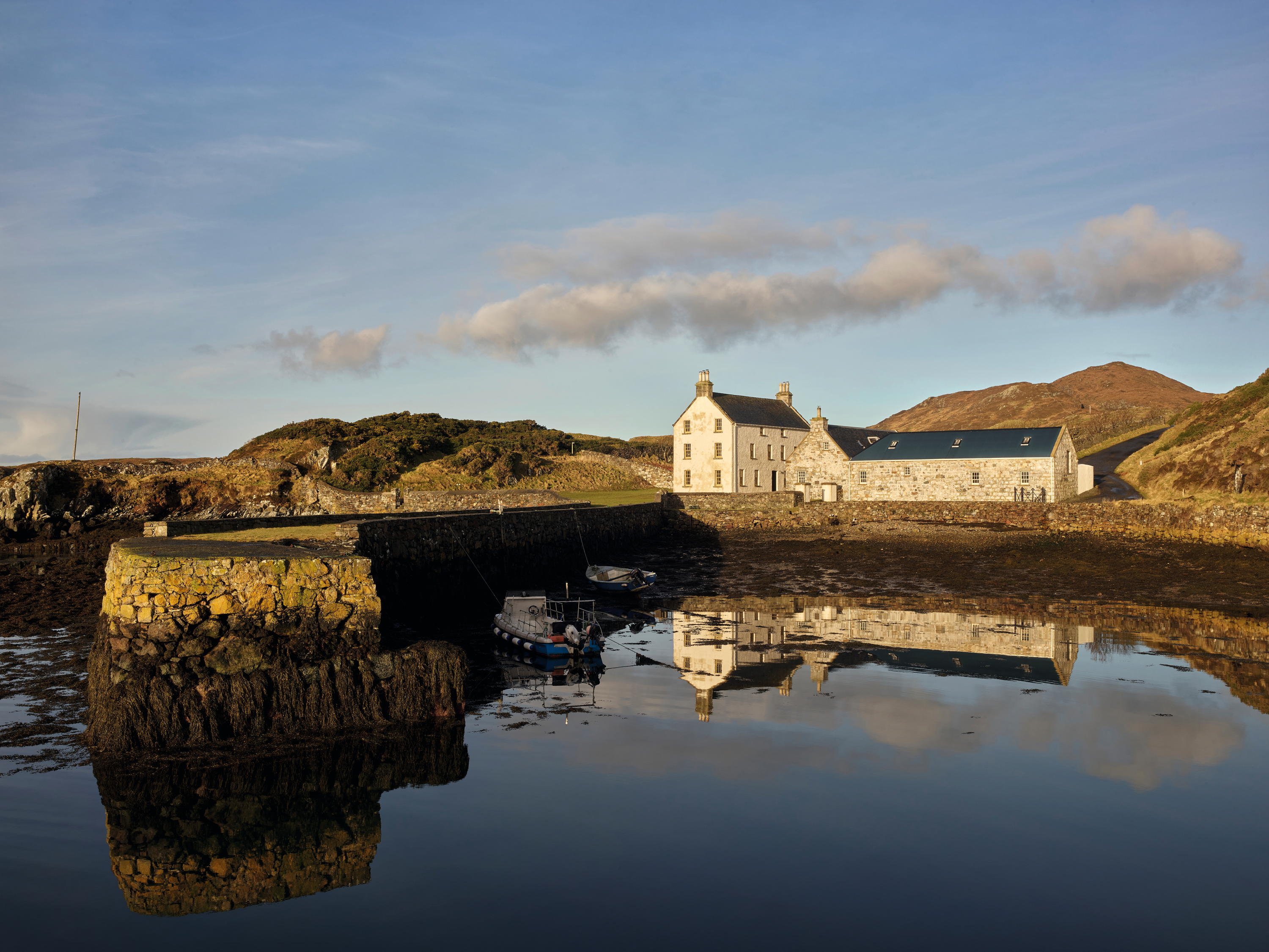Carla Carlisle on predicting the future
Carla casts her runes and predicts a glimmer of hope will be what people need as she picks what to sell in her estate shop for Christmas 2010


It is a truth that goes universally unacknowledged that, if you marry a man without a large fortune, but in possession of a farming estate, you will eventually get the idea that diversifying is key to survival. Somewhere in the haze of dreamy optimism-weddings in the barn/offices in the stables/ buffalo on the arable plains-comes a light bulb moment: a shop!
Your role model may be the Dowager Duchess of Devonshire, whose shop at Chatsworth forever raised the standard when she created a treasure house filled with books by her sisters and sweaters made from the wool of her Jacob sheep.
Oh, what fun. It's like planning a wedding. White walls, Farrow & Ball shelves, birds-on-a-wire lights, seagrass matting and wooden floorboards. You vow to sell only things you like until, just as in marriage, reality arrives, when the ‘for better, for worse, for richer, for poorer' extends to ‘in boom and bust, with things you love vs things that sell'.
What begins as passion quickly becomes duty. Staying faithful means you have to keep filling your shop with stuff. If you open for Christmas, it also means that, just as you've recovered and packed away the last unsold nutcracker, you'll begin the annual pilgrimage to the NEC in Birmingham, where you and your shop manager, and 60,000 other buyers, will trawl the 17 halls, in search of something that says Christmas, but doesn't fill you with despair.
It's strangely disorientating, like working the graveyard shift, to shop for Christmas in February. You have to ignore the news that January was the worst in retail since 1995 as you begin your quest for Christmas 2010. Big companies such as John Lewis have teams of buyers. They also have ‘futurists' who advise them on trends. When you're an Independent Retailer, you have to be your own futurist, which is like drilling for oil with a flashlight. For instance, I foresee more uncertainty and harsh economic times.
Two decades ago, a professional futurist called Faith Popcorn predicted that recessions lead to ‘cocooning'. In consumer-speak, that means staying in and making the home a sanctuary against the tough, unpredictable world. For shopkeepers, this translates as: more lamps, wool throws, pottery and church candles, fewer clothes.
Cocooning thoughts came back to me as the recession deepened. Two years running, I've shifted my shop budget away from personal indulgences (what futurists call ‘pleasure revenge') and into the comforting safety of homeware. I've also cut the budget for Christmas decorations, convinced that, in hard times, people want to buy presents, but are less inclined to spend on baubles and boughs. My ‘Christmas ‘look' was tasteful simplicity, more Shaker than Harvey Nicks.
Sign up for the Country Life Newsletter
Exquisite houses, the beauty of Nature, and how to get the most from your life, straight to your inbox.
But, last week, under the hard glare of LED lights, I had a different vision for Christmas 2010. I persuaded Sarah, my talented shop manager, that, in 10 months time, we will all be yearning for cinnamon red, lime green and gold. For sparkle and optimism. The Glimmer of Hope. Going against my philosophy of Pure and Simple and with fear in my heart I committed thousands of pounds to my golden vision.
It's one thing to predict trends, quite another to understand the economics that will determine our future. Consider this: all of the billions of gold balls, fake ivy wreathes and stuffed polar bears on sale in Birmingham have one thing in common. They may be designed in England, France and Denmark, but they are made in China. In fact, Christmas, the most English thing there is, is Made in China. To update John Reed, I've seen the future, and it's Chinese. Does it work?
This amateur futurist is wary. When the day comes that nothing is made here, who is going to be the customer in our shops? How long can we go on cocooning before we wake up?
Country Life is unlike any other magazine: the only glossy weekly on the newsstand and the only magazine that has been guest-edited by HRH The King not once, but twice. It is a celebration of modern rural life and all its diverse joys and pleasures — that was first published in Queen Victoria's Diamond Jubilee year. Our eclectic mixture of witty and informative content — from the most up-to-date property news and commentary and a coveted glimpse inside some of the UK's best houses and gardens, to gardening, the arts and interior design, written by experts in their field — still cannot be found in print or online, anywhere else.
-
 Rodel House: The Georgian marvel in the heart of the Outer Hebrides
Rodel House: The Georgian marvel in the heart of the Outer HebridesAn improving landlord in the Outer Hebrides created a remote Georgian house that has just undergone a stylish, but unpretentious remodelling, as Mary Miers reports. Photographs by Paul Highnam for Country Life.
By Mary Miers
-
 380 acres and 90 bedrooms on the £25m private island being sold by one of Britain's top music producers
380 acres and 90 bedrooms on the £25m private island being sold by one of Britain's top music producersStormzy, Rihanna and the Rolling Stones are just a part of the story at Osea Island, a dot on the map in the seas off Essex.
By Lotte Brundle